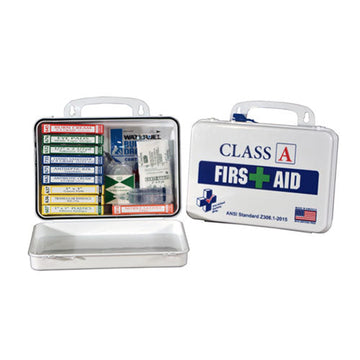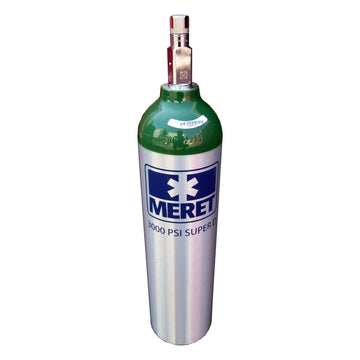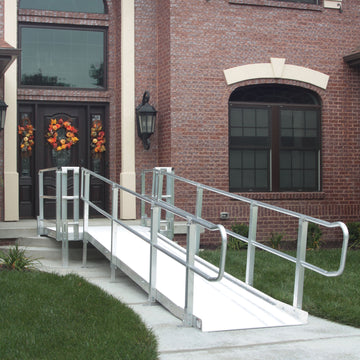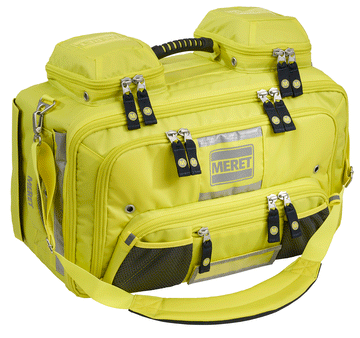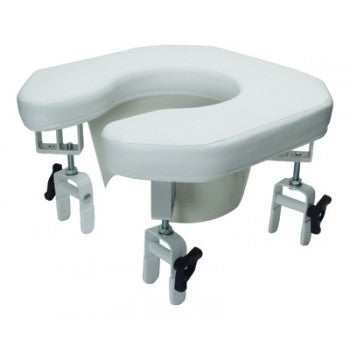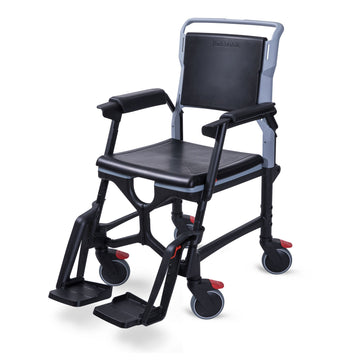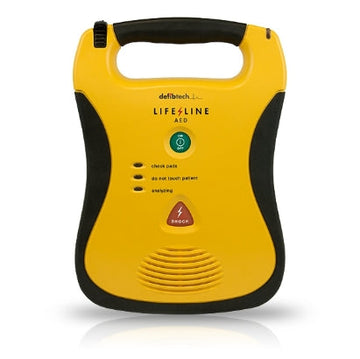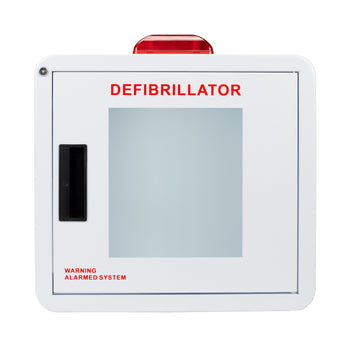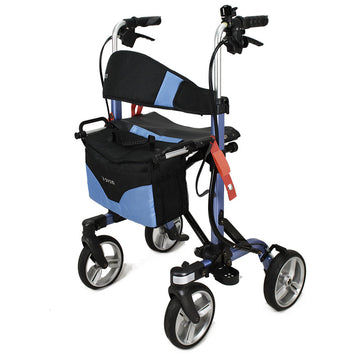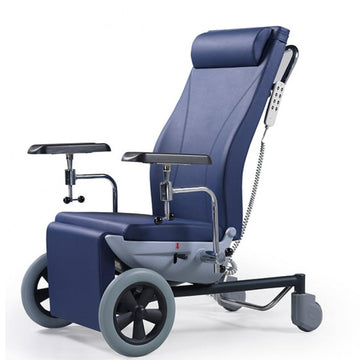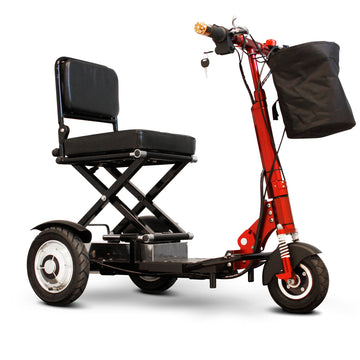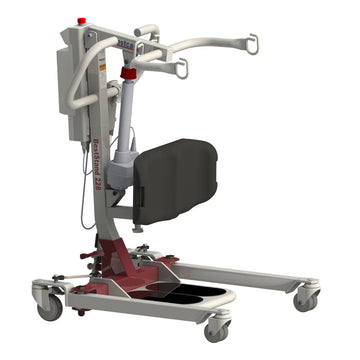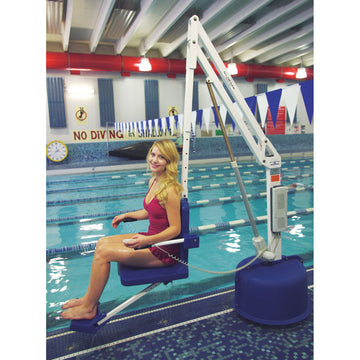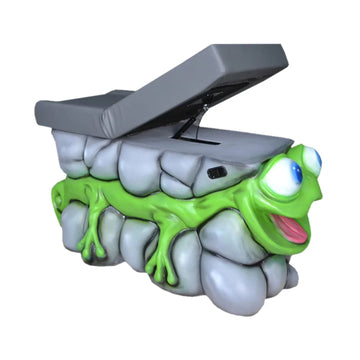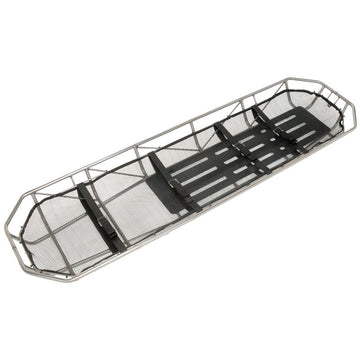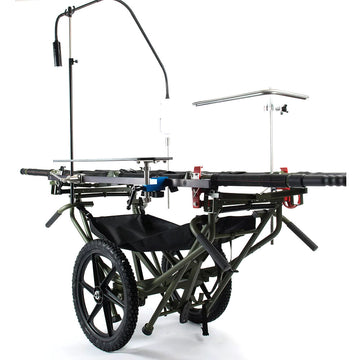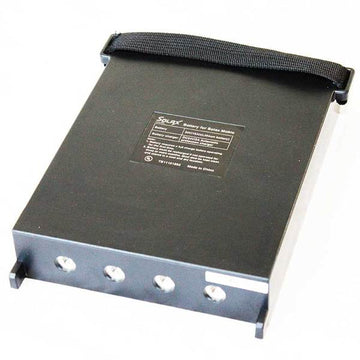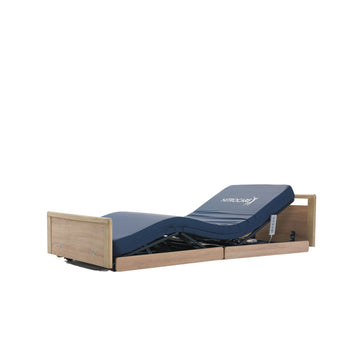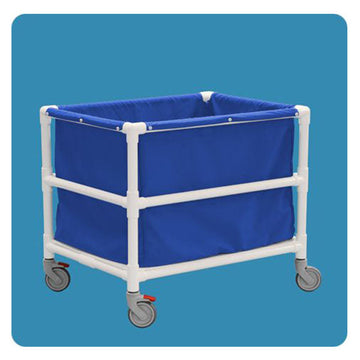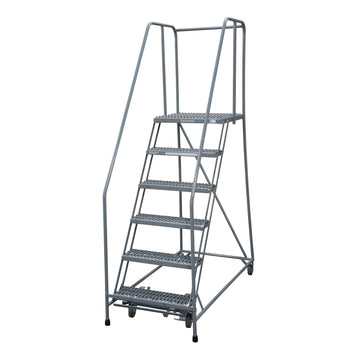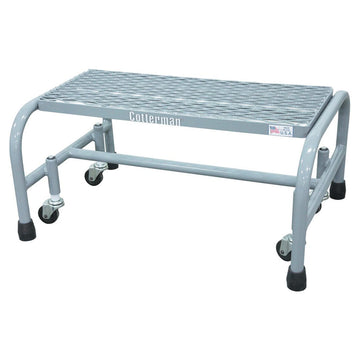An oxygen concentrator is a medical device designed to provide supplemental oxygen to individuals with respiratory conditions like asthma, COPD, and lung cancer. By filtering and concentrating the oxygen from the surrounding air, it delivers 90% to 95% pure oxygen, facilitating better breathing and improved energy levels.
Understanding How an Oxygen Concentrator Works
The Composition of Air and the Importance of Nitrogen
The air we breathe consists of about 78% nitrogen, 21% oxygen, and small amounts of other gases. While nitrogen is important for mixing with oxygen and keeping our breathing system working properly, it doesn't actually provide any oxygen to our bodies. For people who need extra oxygen because of breathing problems, it's essential to increase the amount of oxygen they inhale.
How an Oxygen Concentrator Filters Air
An oxygen concentrator works by taking in regular air and separating out the nitrogen so that it can deliver more oxygen. Here's a simple explanation of how an oxygen concentrator functions:
1. Compressor - The device's compressor draws in ambient air.
2. Sieve Beds - The air is then passed through sieve beds filled with zeolite material. Zeolite selectively adsorbs nitrogen molecules while allowing oxygen molecules to pass through.
3. Oxygen Reservoir - The purified oxygen is collected in a reservoir.
4. Delivery System - This concentrated oxygen (90%-95% pure) is delivered to the user via nasal cannula or mask.
Why It's Important to Know How Oxygen Concentrators Work
Understanding how an oxygen concentrator works allows us to appreciate its critical role in delivering 90% to 95% pure oxygen from regular air by removing nitrogen. Oxygen concentrators are often used by individuals with respiratory conditions such as chronic obstructive pulmonary disease (COPD), asthma, and sleep apnea, making them vital for improving oxygen levels in the bloodstream and enhancing overall well-being.
By knowing the device's functionality, individuals can make informed decisions regarding maintenance, troubleshooting, and usage, ensuring they receive optimal oxygen support. This knowledge also empowers users to select the right model that fits their specific medical needs, ensuring efficient and reliable oxygen therapy.
Exploring Different Types of Oxygen Concentrators
1. Portable Oxygen Concentrators
Portable oxygen concentrators are designed to offer enhanced mobility for individuals requiring supplemental oxygen. These devices are typically lightweight and compact, making them easy to carry and transport. Users can benefit from the portability whether they are traveling, running errands, or simply moving around their home.
Benefits of Portable Oxygen Concentrators:
• Lightweight Designs - Many portable oxygen concentrators weigh less than 10 pounds, with some models even lighter, facilitating ease of transport.
• Battery-Powered Options - Equipped with rechargeable batteries, these devices provide greater independence for users on the go. Battery life varies by model but often ranges from a few hours to an entire day, depending on usage settings.
• Pulse Dose Mode - Most portable units operate in pulse dose mode, delivering oxygen only when the user inhales. This feature helps conserve battery life and ensures efficient oxygen use.
Portable oxygen concentrators empower users by providing a flexible solution that adapts to an active lifestyle while ensuring they receive the necessary oxygen therapy.
2. Stationary Oxygen Concentrators
Stationary oxygen concentrators are designed to provide higher output capabilities, making them ideal for individuals with severe respiratory conditions who require continuous flow therapy at home.
Higher Output - These units can deliver up to 15 liters per minute of oxygen, ensuring adequate supply for those in need of substantial oxygen support.
Continuous Flow Therapy - Unlike portable models, stationary concentrators offer a steady stream of oxygen, beneficial for users requiring uninterrupted oxygen delivery.
Choosing between a portable oxygen concentrator and a stationary oxygen concentrator depends on individual lifestyle and mobility needs.
Using an Oxygen Concentrator Effectively and Safely
Proper operation of an oxygen concentrator is crucial to ensure safety and effectiveness in supplemental oxygen therapy. Here are some essential tips:
1. Placement
Keep the device away from heat sources and open flames. This includes avoiding direct sunlight and placing it at least 10 feet away from stoves, fireplaces, and heaters.
2. Ventilation
Ensure good airflow around the concentrator by placing it in a well-ventilated area. This prevents overheating and allows the device to function efficiently.
3. Power Supply
If plugging into an electrical outlet, use a surge protector to safeguard against power surges that could damage the equipment. For battery-powered models, ensure batteries are fully charged before use.
4. Maintenance
Regularly clean filters and check tubing for any signs of wear or blockage. Follow manufacturer guidelines for maintenance schedules to keep the device in optimal working condition.
Monitoring Blood Oxygen Levels During Therapy Sessions
Using a pulse oximeter can significantly enhance the effectiveness of supplemental oxygen therapy. This simple device measures blood oxygen saturation (SpO2) levels, providing valuable feedback on how well your body is absorbing oxygen.
1. Usage - Place the pulse oximeter on your fingertip or earlobe. It uses light beams to estimate the amount of oxygen in your blood.
2. Readings - Normal SpO2 levels typically range from 95% to 100%. If readings consistently fall below this range, consult your healthcare provider as adjustments to your oxygen therapy may be needed.
Regular monitoring ensures that you are receiving the right amount of oxygen. Combining these best practices with proper use of an oxygen concentrator can lead to more effective treatment outcomes, promoting better health and well-being.
Considerations for Choosing the Right Model for Your Needs
Selecting the right model of an oxygen concentrator involves understanding various factors that align with personal preferences and medical requirements. Here’s a breakdown to help guide your decision:
1. Medical Needs
Flow Rate - Determine the required liters per minute (LPM). Stationary models can provide higher flow rates, up to 15 LPM, suitable for severe respiratory conditions, while portable models typically offer 0.5 to 10 LPM.
Pulse Dose vs. Continuous Flow - Understand whether you need a pulse dose (delivers oxygen only during inhalation) or continuous flow (steady stream of oxygen).
2. Lifestyle Considerations
Mobility - If you lead an active lifestyle, a portable concentrator, which is lightweight and battery-powered, might be more suitable.
Home Use - For those who spend more time at home, stationary units, known for their durability and continuous power supply, are ideal.
3. Technical Features
Battery Life - Evaluate the battery life of portable models if you require extended periods away from power sources.
Noise Level - Some units are quieter than others; consider this if noise sensitivity is a concern.
4. Budget Constraints
Compare different brands and their price points. Rhythm Healthcare offers advanced features, Drive Medical is known for durability, and Compass Health focuses on affordability without compromising quality.
Understanding these key factors ensures that the chosen oxygen concentrator meets both medical needs and personal preferences effectively.
Popular Brand Available at Rescue Supply
At Rescue Supply, we focus on providing top-quality oxygen concentrators from Rhythm Healthcare, a trusted name in oxygen therapy. Here’s a quick look at the options:
1. Rhythm Healthcare Portable Oxygen Concentrator - A compact, lightweight device designed for users on the go. It features adjustable oxygen flow, long-lasting batteries, and quiet operation, ensuring mobility and convenience.
2. Rhythm Healthcare P2-E6 Portable Oxygen Concentrator - Offers precise oxygen delivery with built-in sensors and alarms for low concentration, power failure, and temperature fluctuations. Ideal for reliable oxygen therapy on the move
3. Rhythm Healthcare 5L Stationary Oxygen Concentrator - A user-friendly, home-based solution equipped with essential safety alarms and customizable settings. Its quiet operation and high output pressure make it a top choice for continuous oxygen therapy.
By focusing on Rhythm Healthcare, Rescue Supply provides customers with advanced, dependable oxygen solutions tailored to different needs.
Conclusion
Understanding what is a concentrator for oxygen and how it functions is essential for making informed decisions about oxygen therapy.
Consult Healthcare Providers Before selecting an oxygen concentrator model, it's crucial to discuss options with healthcare providers. Individual treatment plans vary, and professional guidance ensures the chosen device meets specific medical needs effectively.
This comprehensive understanding of what is a concentrator for oxygen empowers individuals to select a device that best supports their health and enhances their quality of life.


